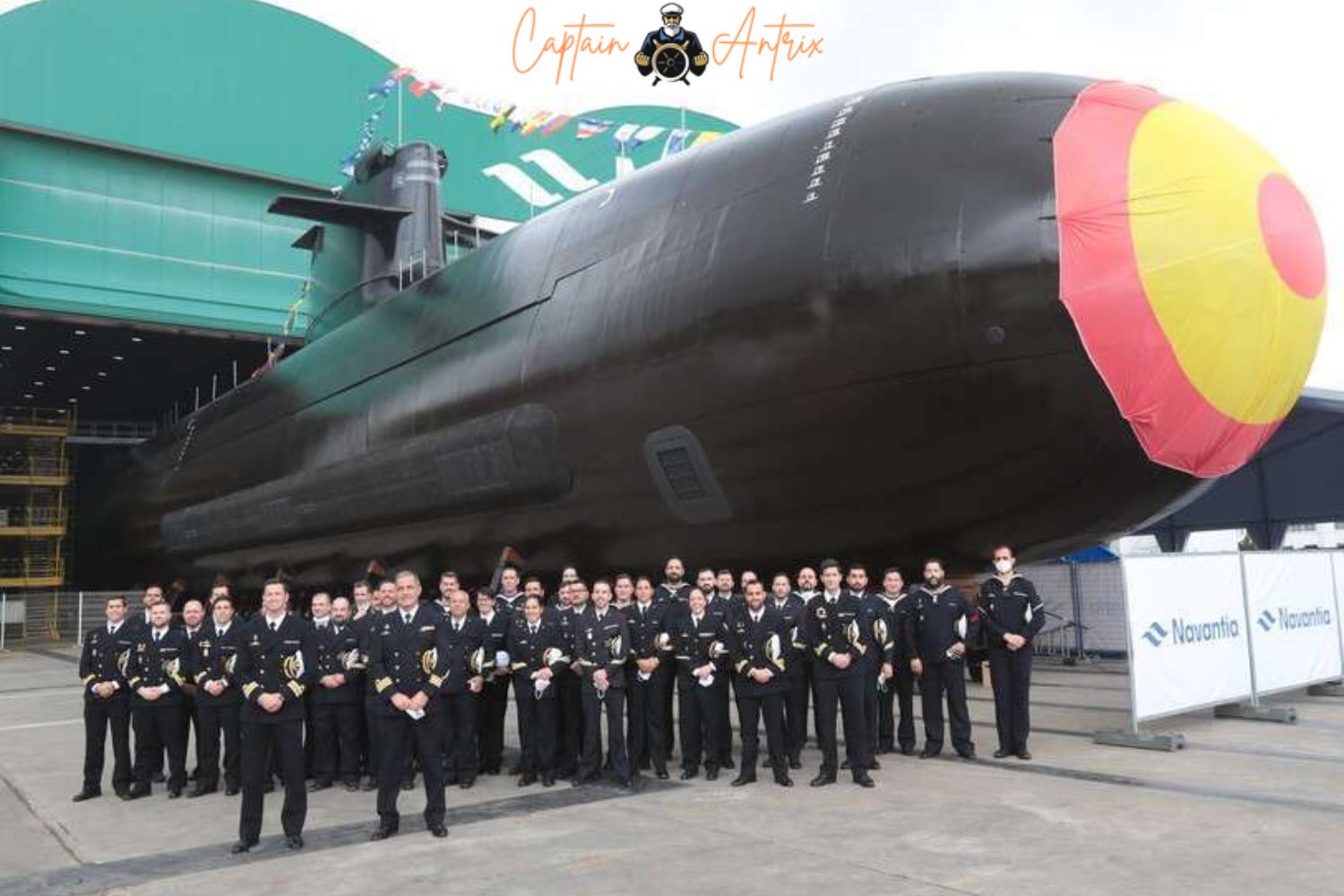
In a significant achievement for the S-80 program, Navantia has reached a critical milestone by successfully verifying the performance and operational capabilities of the AIP (Air Independent Propulsion) system in a simulated operational environment. This simulation, conducted on land but emulating the demanding conditions of a real mission, was made possible through the specialized test facilities at the Cartagena Shipyard.
These test facilities are remarkable in the defense market, as they can accurately simulate the operational conditions of a ship, including its speed and immersion level. They also allow for the comprehensive testing of the AIP system's complete submarine section, measuring an impressive 12 meters in length and weighing approximately 400 tonnes before it's integrated into the submarine's resilient hull.
The successful completion of this milestone paves the way for the AIP system to be incorporated into the S-83 submarine, making it the first in the series to feature this cutting-edge technology. Even the earlier S-81 (Isaac Peral) and S-82 (Narciso Monturiol) submarines were designed with the capacity to integrate this technology during their initial hull construction.

Navantia's AIP BEST system represents a major innovation in the S-80 class submarines, equipping conventional diesel-electric submarines with remarkable tactical capabilities.
Unlike conventional non-nuclear submarines that have to surface periodically to recharge their batteries using diesel engines (a process known as snorkeling), AIP-equipped submarines can remain submerged at great depths while recharging their batteries in AIP mode. This significantly extends their underwater operational range and minimizes the risk of detection by enemies.
The AIP BEST system employs innovative fuel cell technology and belongs to the third generation of systems. It uses hydrogen generated on board from bioethanol, ensuring a substantial onboard energy supply. With this system, Spanish submarines can remain submerged for up to three weeks, maintaining signatures comparable to purely electric propulsion with batteries. The development of this groundbreaking technology represents a decade-long effort by Navantia and the national industry, placing the company in a prime position for marketing the S-80 submarine internationally.
This milestone represents a significant leap forward in submarine warfare technology, further enhancing Spain's naval capabilities on the global stage.
